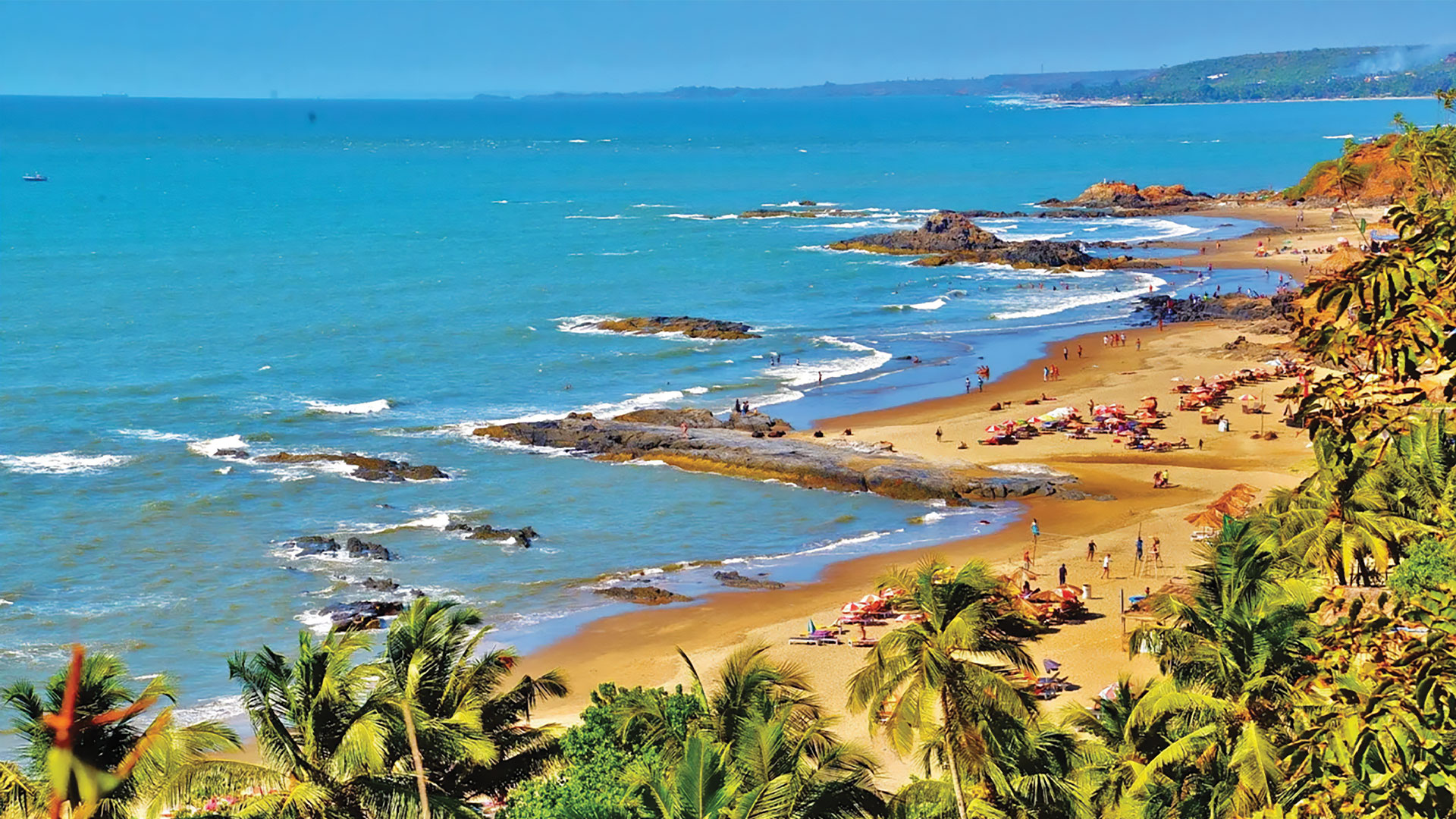
Goa Glow: India’s west-coast paradise entices with its colonial churches, beaches, spices and intoxicating nightlife
Goa is rightly considered one of the most desirable destinations in India. It boasts beautiful long, palm-fringed beaches, tranquil backwaters, a slew of historic buildings emanating from its Portuguese colonial past and amazing parties. Its unique blend of the East and West differentiates the state from the rest of the vast expanse of the Indian subcontinent.
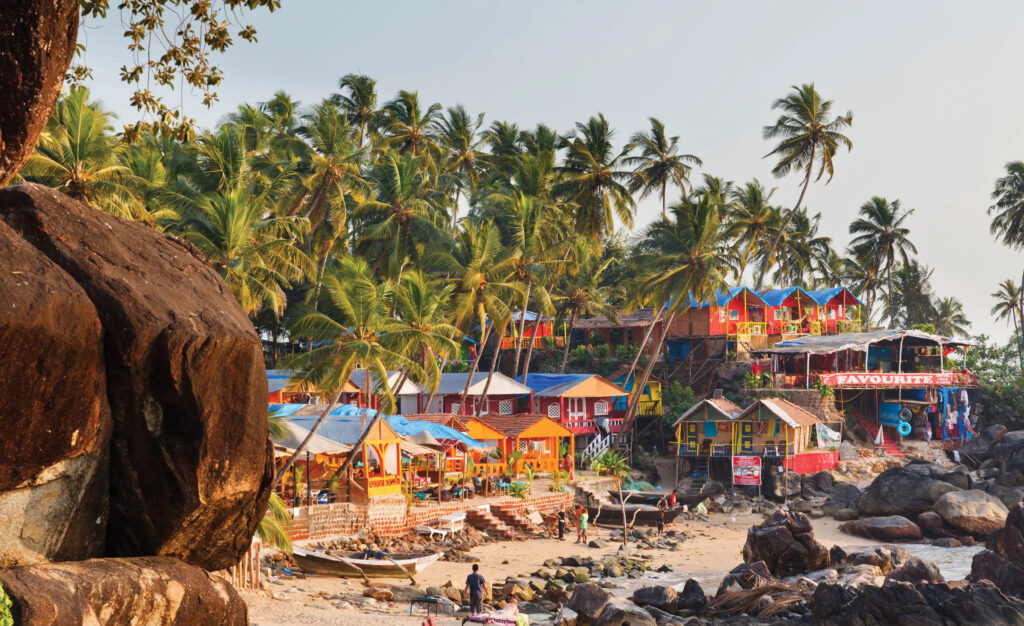
This melting pot of influences borders the Arabian Sea on India’s west coast and is located some 500 kilometres south of teeming Mumbai. Its favourable coastal location made it an ideal trading location over the centuries; before the Portuguese arrived in 1510, Hindu merchants flourished, trading spices, silk, pearls and horses. Arab, South Asian, East African and Mediterranean cultures have been fused into the Goan identity.
Rome of the East
The Portuguese added a significant layer to the architectural landscape, not least because the new rulers forcibly converted many Hindus and Buddhists to Catholicism. Old Goa, the site of Goa’s former capital before it was moved to Panjim (now Panaji), is dotted with ornate structures dating from the 16th to the 18th centuries. Such was its grandeur that it was once known as the ‘Rome of the East’ and many of the imposing churches and cathedrals are still in use or have been converted to museums.
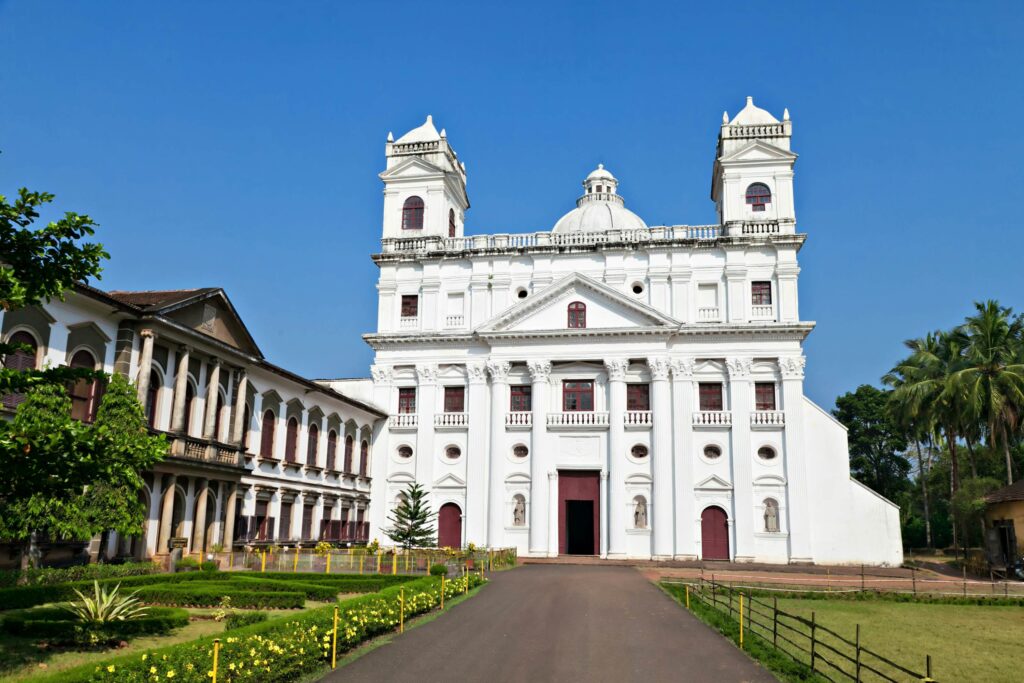
The standout is Se Cathedral (Sé Catedral de Santa Catarina), one of the largest cathedrals in Asia, measuring an awesome 76 metres long and 55 metres wide. Construction began in 1562 under the auspices of King Sebastian I of Portugal, and it took 90 years to complete. The building is noted for its plain, Tuscan style and a lopsided look resulting from the loss of one of its bell towers after a lightning strike. The other tower contains the Golden Bell (Sino de Ouro), famed for the richness of its tone. Inside are several fine carvings and splendidly decorated chapels.
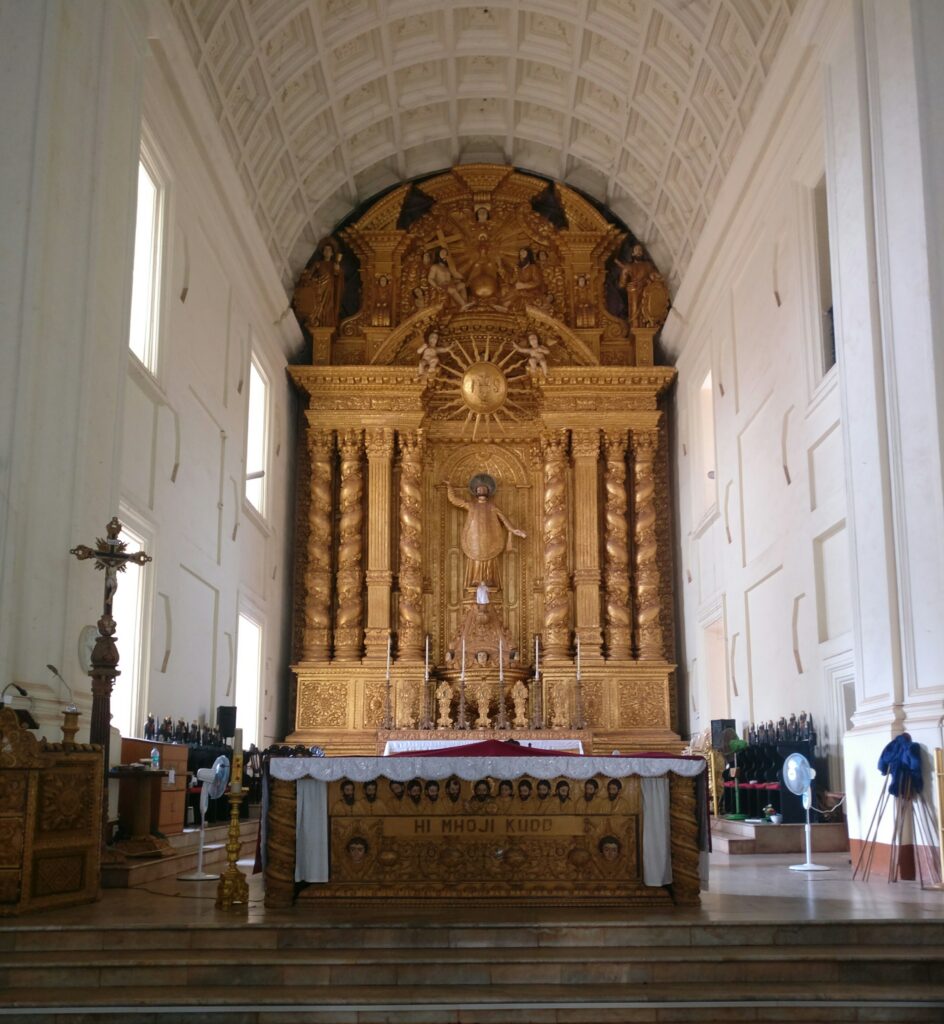
Perhaps one of the most famous buildings in the Christian world, the Basilica of Bom Jesus was completed in 1605 and contains the tomb of St Francis Xavier, the patron saint of Goa. The saintliness of this missionary was such that his mostly incorruptible body has miraculously survived – so the story goes ¬– for almost 500 years. His remains are kept in a silver casket and viewed by the public once every 10 years. The next decennial exposition of the Sacred Relics of St Francis Xavier takes place between 21 November 2024 and 5 January 2025 and will undoubtedly draw thousands of awestruck pilgrims from across the world.
Capital gains
The modern-day capital of the most laid-back state of India is wedged between the Mandovi and Zuari rivers in central Goa, just a 20-minute drive from Old Goa. Exploring Panaji’s historic Latin Quarter of Fontainhas, home to quaint, narrow streets and ochre-coloured mansions with terracotta-tiled roofs, is a delightful and photogenic experience. The pretty Chapel of St Sebastian holds a striking crucifix harking back to the time of the Goa Inquisition.
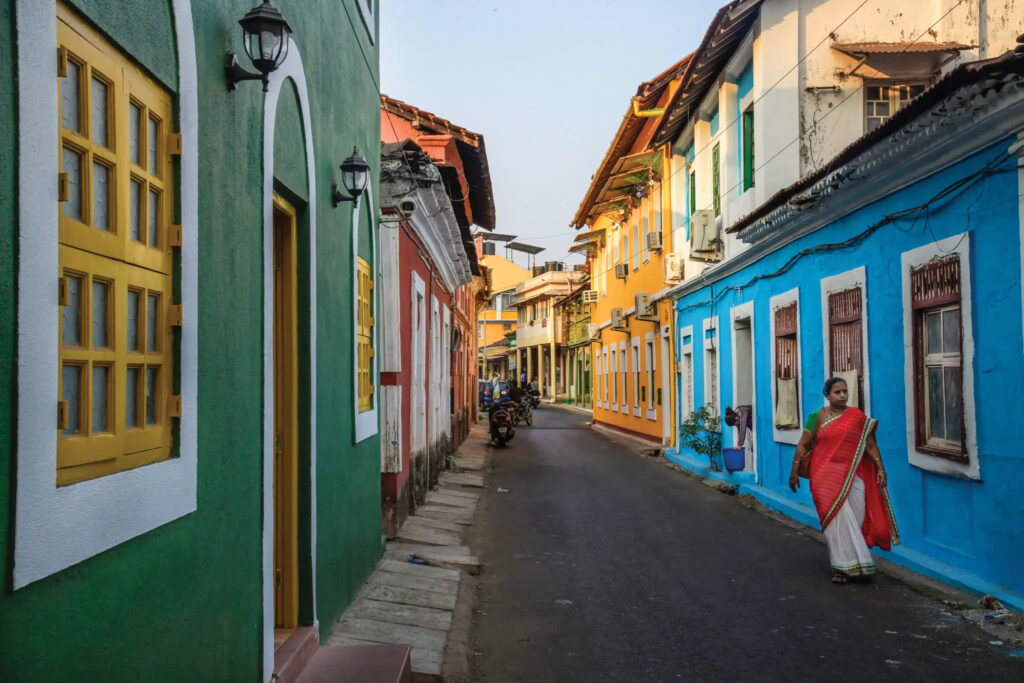
Panaji hosts a slew of other cultural attractions including the Goa State Museum, housed in the oldest Portuguese-era building in Goa. Elaborately carved furniture used during the brutal 250-year inquisition as well as beautiful Hindi and Jain sculptures decorate its halls. Visitors to the capital will also discover plenty of superb galleries, temples, restaurants and nightlife establishments. A popular walking-tour operator, Make It Happen, offers local insight into Goan history and culture through guided peeks into heritage homes, and for lovers of Portuguese music, a fado performance.
Spice and all things nice
After a stroll around the Latin Quarter, relax and enjoy the wonderfully diverse local cuisine. Goan food is influenced by abundant seafood from the Arabian Sea, the enclave’s historic location along the spice route, and Portuguese cooking techniques. Sorpotel, for instance, is a Portuguese stew made of liver, heart, and tongue of pork or other meat that was adopted by Goan Catholics.
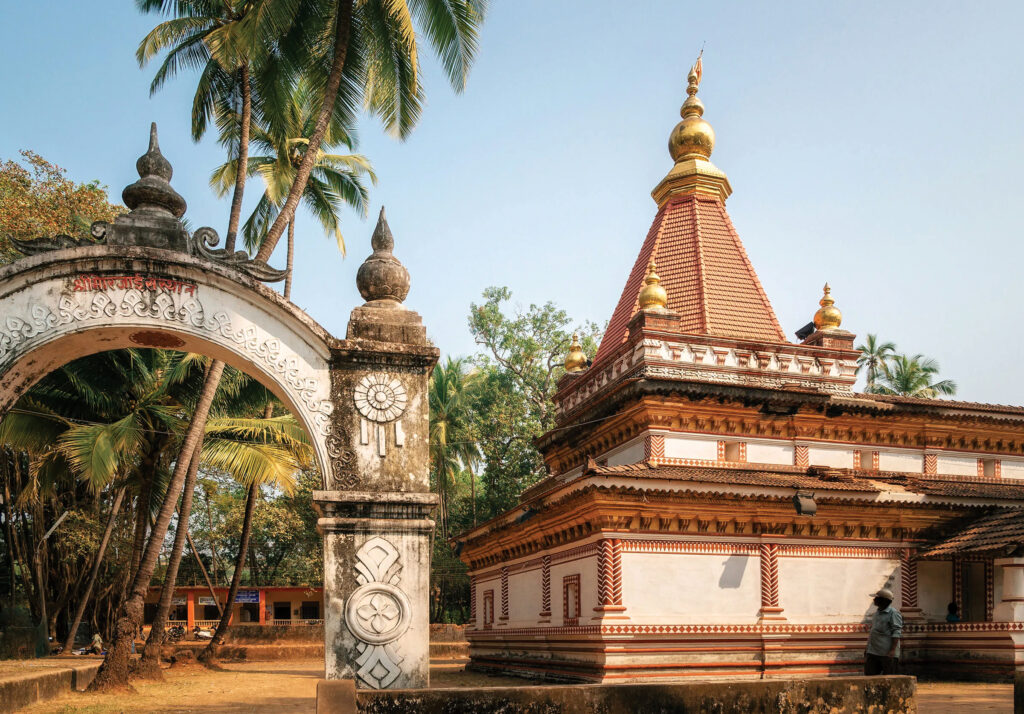
Hotel Venite, with its balcony tables overlooking charming cobbled streets, presents authentic Goan cuisine, with vegetable vindaloo served with Portuguese-spiced sausages and rice, fish curry rice, pepper steak and bebinca, a traditional sticky, seven-layer cake made of eggs, coconut, sugar, ghee and flour. The balcony of the cosy Riverfront restaurant overlooks the creek and Old Patto Bridge and its sister pub – called Down the Road – makes for a nice nightspot with occasional live music.
Trance of a lifetime
Cruises along the Mandovi River may afford a glimpse of a dolphin gliding through the water or a mugger crocodile basking in the estuary. Such tourist excursions are often accompanied by live bands and renditions of Goan folk songs and dances, with some private operators running what can best to described as ‘party’ cruises. Panaji is also noted for its floating casinos, operating ‘offshore’.
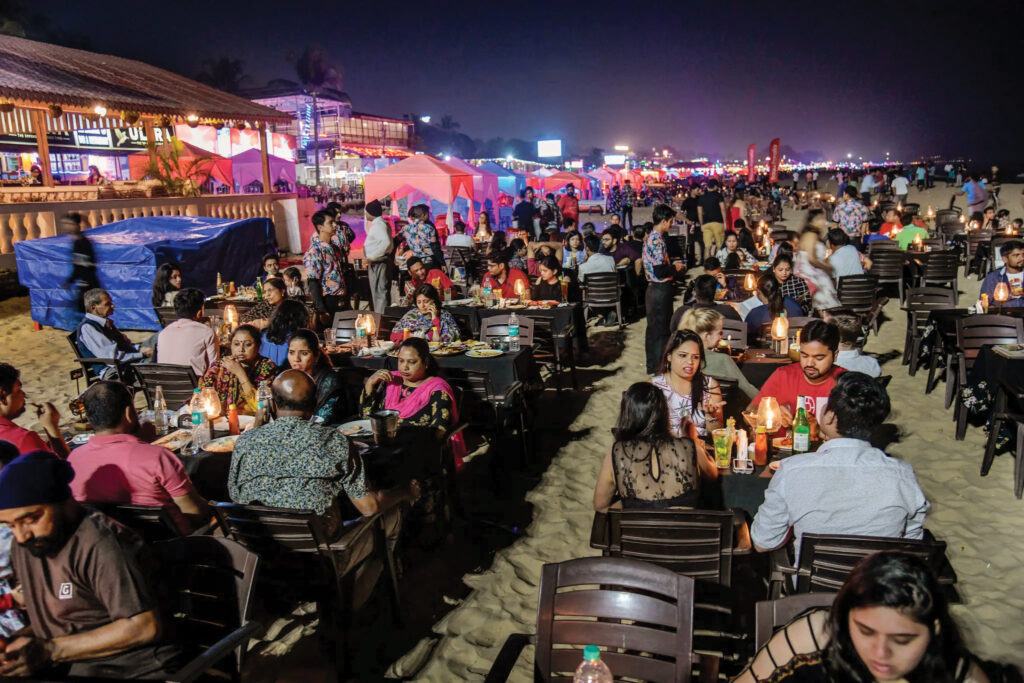
Anjuna in North Goa was once the epicentre of the hippie party scene. Indeed, as far back as its 16th-century boozy Portuguese sailors, Goa acquired a reputation for all-night drinking parties, much to the consternation of the locals. Infamous drug-fuelled trance parties in the 1990s led to a government crackdown, and now the psychedelia takes place on special occasions such as Christmas, New Year or full-moon nights. The legendary Anjuna dive of Curlies received a demolition notice, but you can still get your party fix at Hill Top in Vagator and venues in and around Morjim.
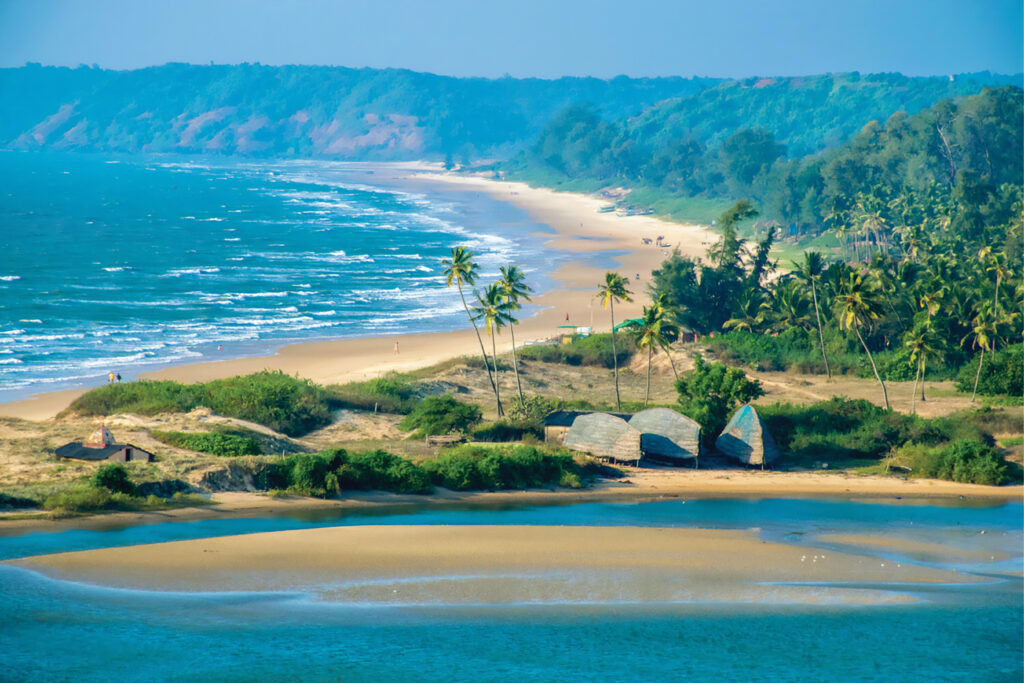
Anjuna is also famous for its weekly Wednesday flea market, where exotic merchandise sourced from all over India delivers a fascinating injection of local life. The Friday market at Mapusa provides fresh produce, spices and textiles.
Natural pleasures
Goa has become world famous for its beaches, and the sandy stretches of North Goa, particularly at Baga and Calangute, draw the biggest crowds. There is a booming nightlife scene, trendy bars and restaurants, yoga retreats and easy access to water sports, such as parasailing, jet- and water-skiing, scuba diving and snorkelling.
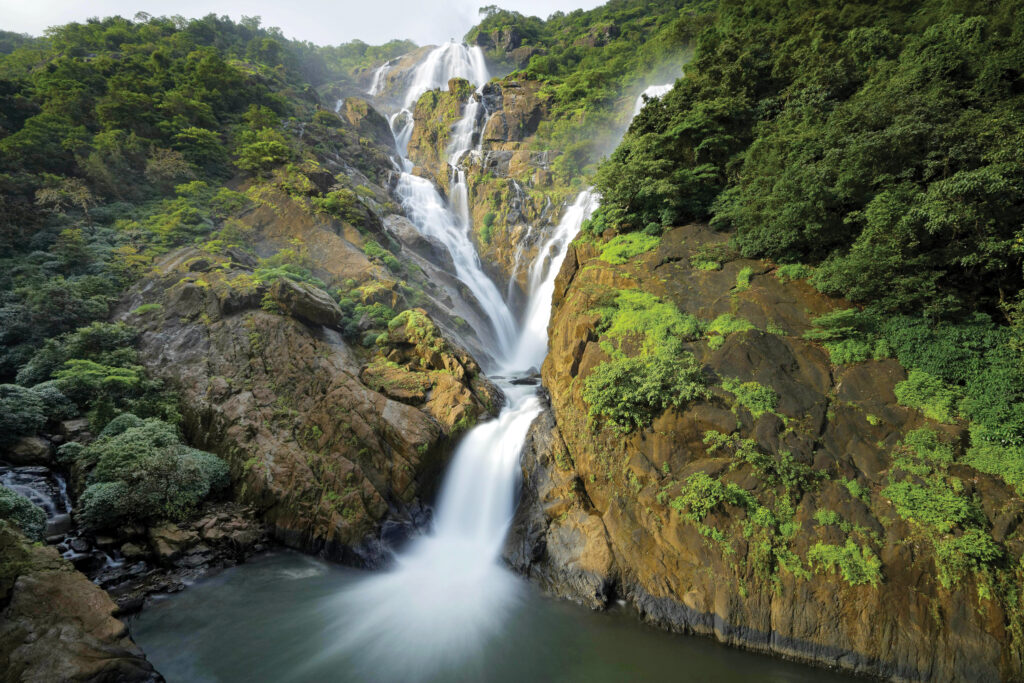
In South Goa, the curved, palm-fringed beach at Palolem, with its golden sands, balmy waters, gentle-swaying palm trees and water sports in the sheltered bay, is one of Goa’s most postcard-perfect spots. Even quieter beaches at Patnem and Agonda are not far off, and beautiful Butterfly Beach can be reached by hiring a boat from Palolem while taking in an unspoilt coastline.
Just nine kilometres southeast of Palolem is Cotigao Wildlife Sanctuary, where an overnight stay increases the likelihood of spying on various species of monkey, deer and the occasional panther. Goa offers numerous other natural attractions, such as bird sanctuaries, spice plantations and the mountainous splendour of the Western Ghats.
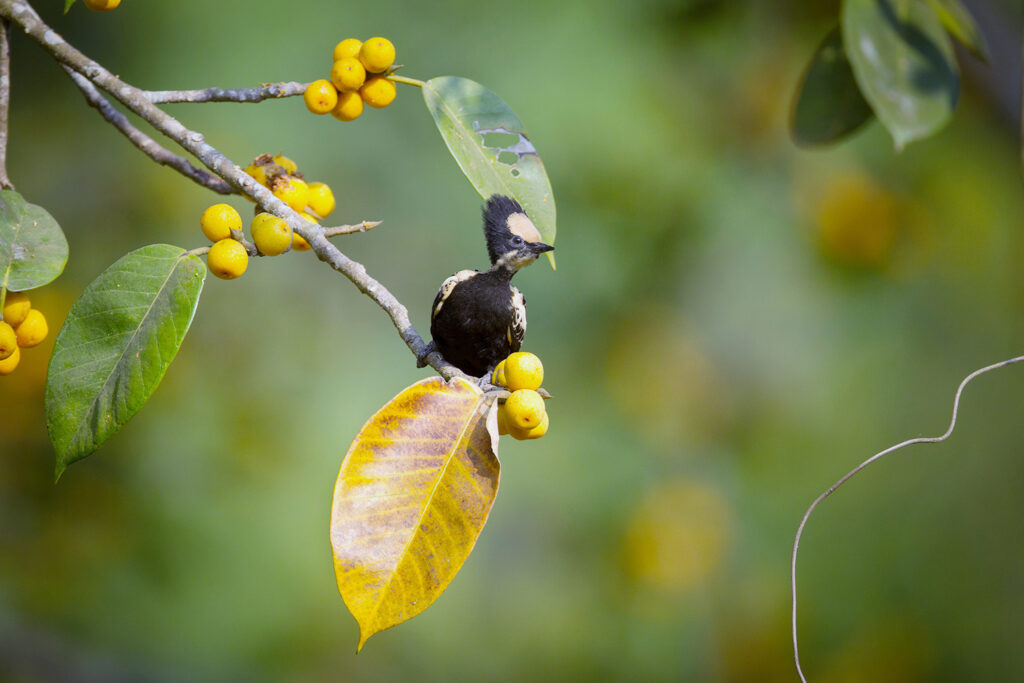
This hedonistic state loves to put on a colourful festival and indulge in nonstop revelry. Aside from the many Catholic feast days, traditional Hindu celebrations such as Diwali and Shantadurga are celebrated, as is the International Film Festival of India, held in Goa, generally in November, since 2004.







